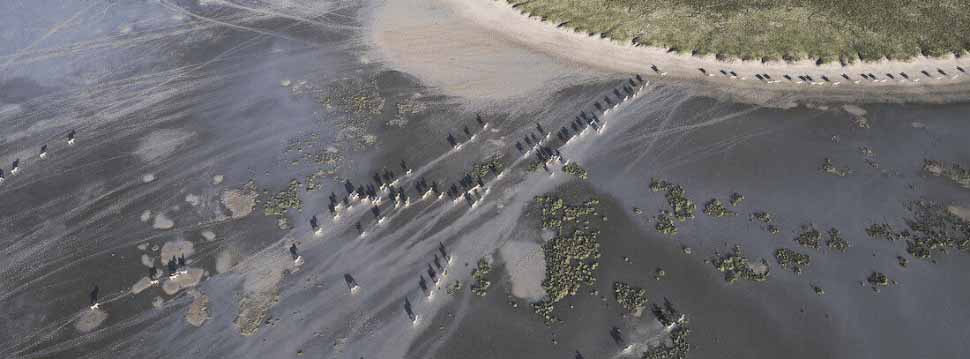Makgadikgadi Salt Pans
The Makgadikgadi Salt Pans are all that remains of a great lake which once covered most of northern Botswana, fed by rivers carrying salts. The most iconic pans, Ntwetwe and Sua Pan provide vistas of blinding white salt flats reaching far into the horizon where pans sleep-outs are experienced. No vegetation grows on the salty surface of the pans, but the fringes are covered with grasslands. No animals live on the pans, save a few populations of desert species and the elusive brown hyena living near the fringes. The result is that the salt pans provide an unforgettable landscape experience of incredible sunsets and sunrises and a bewildering lack of perspective rather than a game experience. Africa’s famous explorer Dr. David Livingstone crossed these pans in the 19th century, using two massive baobabs, believed to be 3,000 to 4,000 years old as a navigation tool.
All camps on the salt pans are situated on or next to Ntwetwe Pan in the west of the pans complex and offer quad biking on the pans, visits to habituated meerkats, archaeological walks as well as cultural insight into the lives of the San people. More recently horse-riding expeditions have been made possible, providing a unique way to explore the landscape. All activities in this area are subject to favourable conditions as the slightest rainfall can make the pans completely inaccessible. During the rainy season, the main attraction of these camps is the zebra and wildebeest migration passing through during the early months of the year with other activities during this season being very limited. During years of good rains, the pans can be transformed into a powder blue lake with waters gently lapping the shorelines – a clear indication of the gigantic lake the Makgadikgadi once was. The floods attract flamingos with numbers running into the tens or even hundreds of thousands but the spectacle is fleeting and difficult to catch. Camps located on and next to the pans are Camp Kalahari, Jacks Camp and the seasonal San Camp, operating only during dry season. Accommodations in Gweta also access this part of the pans, running overnight trips to the area.
Sunsets here sink slowly through the sky, growing pink and red the closer they drop to earth. Here, you can watch the sun hit the ground from almost anywhere, with only an acacia tree or two lying between you and the horizon.
Sua Pan is the eastern-most of the large pans and is separated from Ntwetwe Pan by a thin strip of grass. One of the most striking destinations in this area is Kubu island, a rocky outcrop near the south-western edge of Sua Pan accessible only by quad bike expeditions of several days from Camp Kalahari, Jack’s Camp and San Camp or by self-drivers. This crescent-shaped island is about one kilometer long and apart from its eerie isolation and breathtaking beauty, Kubu is rich in archaeological and historical remains. Stone age tools and arrowheads can still be found today along the shorelines of this tiny island and a circular stone wall and stone cairns suggest that Kubu may have been part of the outer-reaches of the Great Zimbabwe Empire that was based at Masvingo, in modern-day Zimbabwe.
Good To Know
|
Best Time To Travel
|
What To See
|
|
What To Do
|
What Makes This Area Unique
|
Expert Travel Tips
|
Sorry, the comment form is closed at this time.













